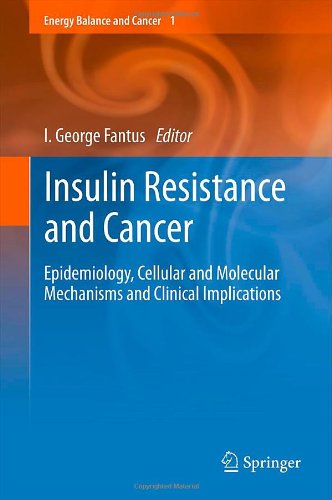

Most ebook files are in PDF format, so you can easily read them using various software such as Foxit Reader or directly on the Google Chrome browser.
Some ebook files are released by publishers in other formats such as .awz, .mobi, .epub, .fb2, etc. You may need to install specific software to read these formats on mobile/PC, such as Calibre.
Please read the tutorial at this link: https://ebookbell.com/faq
We offer FREE conversion to the popular formats you request; however, this may take some time. Therefore, right after payment, please email us, and we will try to provide the service as quickly as possible.
For some exceptional file formats or broken links (if any), please refrain from opening any disputes. Instead, email us first, and we will try to assist within a maximum of 6 hours.
EbookBell Team

4.8
74 reviewsThis book reviews the epidemiological associations between insulin resistance and cancer. This is followed by reviews of animal models which support this relationship and provide insight into potential mechanisms. Several chapters then provide detailed examination of the cellular and molecular changes characterizing the insulin resistant state, such as hyperinsulinemia, abnormal metabolism and hormone signaling, and how these interact with various tumor characteristics. For example some tumors present increased quantities of the fetal form of the insulin receptor, unique regulation of oxidative (Krebs’ cycle) metabolism (Warburg effect), as well as mutations in various relevant signaling pathways. Finally, the clinical implications of these data are integrated with considerations of insulin “sensitization” and potential metabolic interventions to prevent and treat cancer. It should be noted that while a number of cancers are associated with obesity the authors here have focused primarily on breast cancer as a key and significant model.